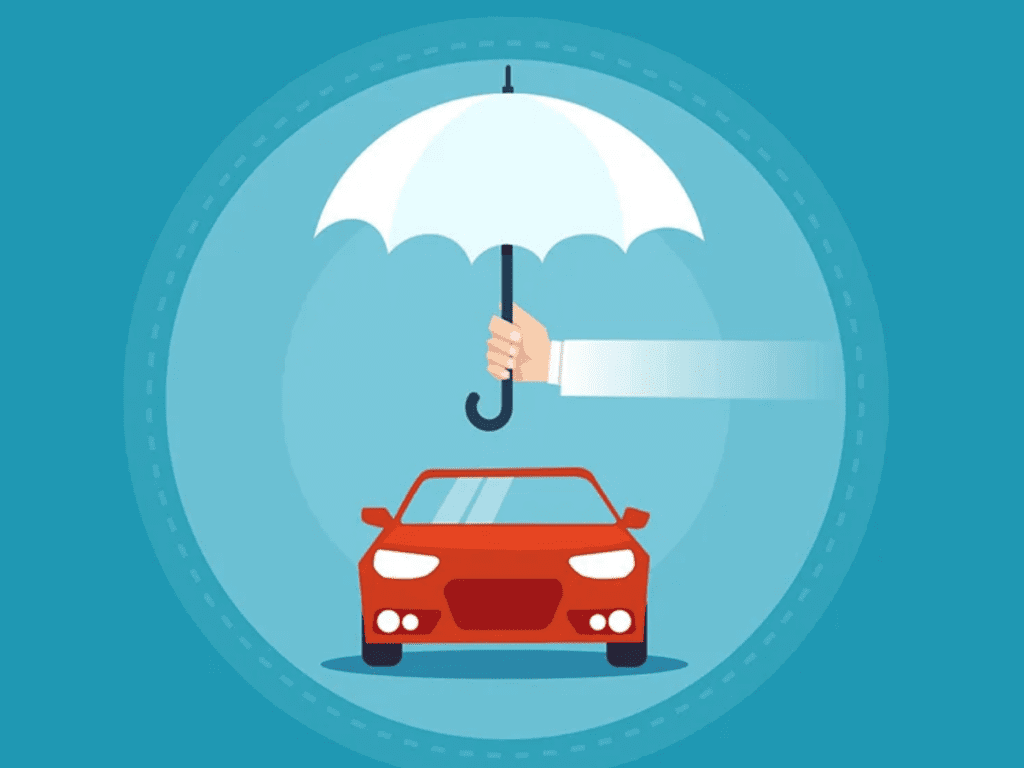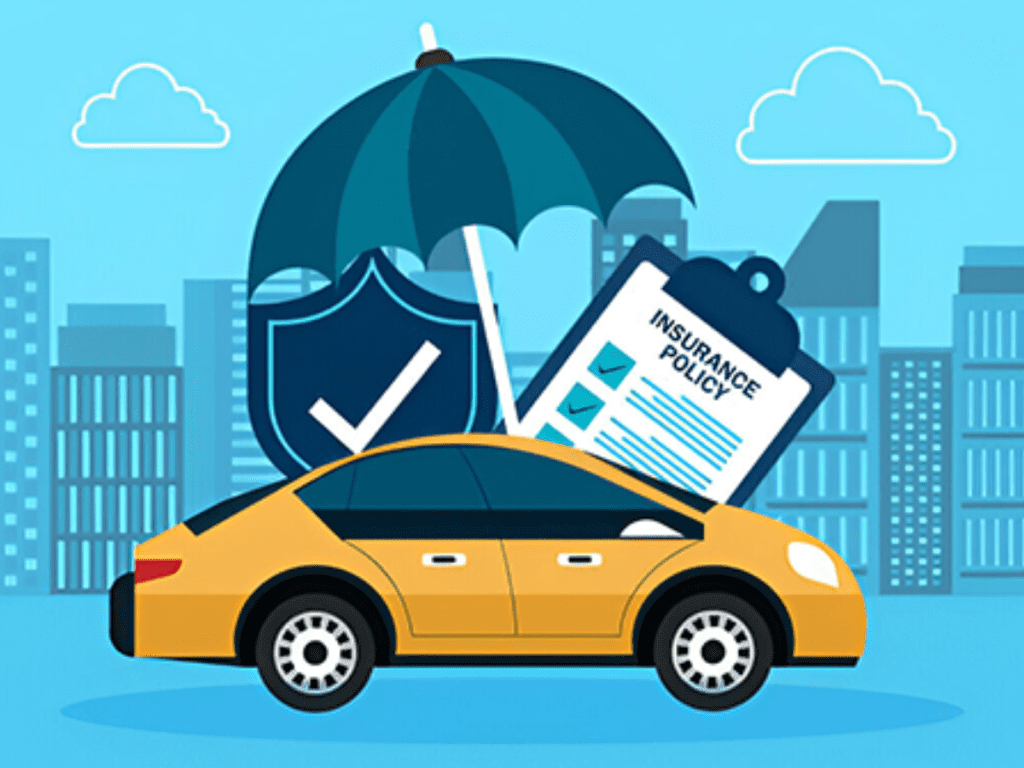Introduction
When it comes to car insurance, many drivers often feel like they’re drowning in a sea of confusing terms and fine print. After all, auto insurance is something most of us hope never to use, but we must have it in place to protect ourselves and our assets in the event of an accident or damage. But do you really know what your auto insurance policy covers? While we all want to believe that we are adequately covered in all situations, the reality is that auto insurance policies can be tricky, with a lot of specific terms and exclusions that could leave you feeling vulnerable.
This guide will help you understand what’s included in an auto insurance policy, what those terms mean, and how to ensure you are adequately covered for every driving situation. Whether you’re a new driver or you’ve had insurance for years, there’s always something to learn when it comes to auto insurance coverage.
Types of Auto Insurance Coverage
An auto insurance policy can consist of several types of coverage. The most common include:
1. Liability Coverage
Liability insurance is mandatory in almost every state. This insurance covers damages to other people’s property or injuries they may sustain in an accident that you are at fault for. Liability coverage typically consists of two components:
- Bodily Injury Liability: This covers medical costs for injuries that other people incur if you are at fault in an accident. It also covers legal fees if you are sued by the injured party.
- Property Damage Liability: This covers the cost of damages to another person’s property, like their car or fence, when you are at fault in an accident.
It’s important to understand the limits of your liability coverage, as they determine how much your insurance company will pay in the event of an accident. If the damages exceed your policy limits, you will be responsible for the remainder.
2. Collision Coverage
Collision coverage is optional but highly recommended, especially if your car is valuable. This coverage pays for damage to your own vehicle after a collision with another vehicle or object, regardless of who is at fault. This means that if you hit a tree, another car, or even a guardrail, collision insurance will cover the cost to repair or replace your car.
While collision coverage can be a bit more expensive, it can save you from having to pay out of pocket for repairs after an accident. However, it’s essential to weigh the cost of the premium against the value of your car. For older cars with little resale value, it might not be worth purchasing collision coverage.
3. Comprehensive Coverage
Comprehensive coverage is another optional insurance type. It covers damages to your vehicle that are not related to a collision. This includes damage from natural disasters (like hurricanes or tornadoes), theft, vandalism, fire, and even hitting an animal like a deer. If something happens to your vehicle that doesn’t involve an accident with another car, comprehensive coverage will step in to help you pay for repairs or a replacement vehicle.
Comprehensive coverage can be beneficial if you live in an area prone to natural disasters or if you have a car that’s at a higher risk of being stolen. As with collision coverage, it’s essential to evaluate the cost of the premium compared to the value of your car when deciding whether comprehensive coverage is necessary.
4. Uninsured/Underinsured Motorist Coverage
This type of coverage protects you if you’re involved in an accident with a driver who does not have sufficient insurance (or no insurance at all). Uninsured motorist coverage comes in two forms:
- Uninsured Motorist Bodily Injury Coverage: This pays for your medical expenses and lost wages if you’re injured in an accident caused by an uninsured driver.
- Underinsured Motorist Coverage: This is similar, but it kicks in if the at-fault driver’s insurance is not enough to cover your injuries or damages.
While not all states require uninsured motorist coverage, it can be extremely important if you live in an area where many drivers are uninsured or underinsured.
5. Medical Payments Coverage (MedPay)
Medical payments coverage helps pay for medical expenses resulting from an accident, regardless of who is at fault. It can cover you, your passengers, and even pedestrians you might hit while driving. This coverage typically extends to things like hospital bills, surgery, and ambulance fees.
In some cases, this coverage can also help pay for funeral expenses if the worst happens. MedPay is not available in all states, but it can be a valuable addition to your policy if it’s offered in your area.
6. Personal Injury Protection (PIP)
Personal injury protection (PIP), also known as no-fault insurance, is similar to medical payments coverage but provides broader coverage. PIP covers medical bills, lost wages, and even the cost of services you may need if you are unable to perform daily tasks (such as childcare or housework) due to injuries sustained in an accident.
While PIP is mandatory in some states, it’s optional in others. If you live in a no-fault state, you may be required to carry a minimum level of PIP coverage as part of your auto insurance policy.
7. Rental Reimbursement Coverage
If your car is in the shop for repairs due to a covered accident, rental reimbursement coverage helps pay for the cost of renting a car while your vehicle is being repaired. This coverage typically has limits, so it may only cover a rental car for a certain number of days or up to a specific amount per day.
Rental reimbursement coverage is optional, but it can be a lifesaver if your car is out of commission for an extended period of time.
8. Roadside Assistance
Roadside assistance coverage is another optional add-on that can provide peace of mind when you’re on the road. This coverage helps cover the cost of services like towing, battery jump-starts, flat tire changes, and fuel delivery if your car breaks down while you’re driving.
The coverage can be purchased through your auto insurance provider or as a separate service through a third-party provider like AAA. While it may not be necessary for every driver, it can be extremely helpful if you’re prone to car trouble or if you drive long distances.
Understanding Your Deductible
One of the most important aspects of your auto insurance policy is the deductible. This is the amount of money you will need to pay out of pocket before your insurance coverage kicks in. For example, if you have a $500 deductible and your car suffers $2,000 worth of damage in a collision, you will need to pay the first $500, and your insurance will cover the remaining $1,500.
Choosing the right deductible is a balancing act. A higher deductible can lower your monthly premium, but it also means you’ll need to pay more if you have to file a claim. On the other hand, a lower deductible will increase your premium but decrease your out-of-pocket costs if you need to make a claim.
Exclusions in Auto Insurance Policies
While auto insurance provides valuable protection, it’s important to understand that there are certain situations where coverage will not apply. These exclusions can vary from one policy to another, but common ones include:
- Intentional Damage: If you intentionally damage your own vehicle or cause harm to others, your insurance will not cover it.
- Driving Under the Influence: If you are involved in an accident while driving under the influence of alcohol or drugs, your insurance company may deny your claim.
- Racing: If you are involved in illegal street racing, your insurance will likely not cover the damages.
- Negligence or Illegal Activity: If you are committing a crime or driving recklessly, your insurance will not apply.
It’s crucial to carefully read your policy’s exclusions to ensure that you are aware of any situations that might leave you without coverage.
Final Thoughts on Auto Insurance
Auto insurance is a vital part of responsible driving. It helps protect you financially in the event of an accident, theft, or damage to your vehicle. Understanding your policy’s coverage options, limitations, and exclusions will ensure that you have the right protection when you need it most.
Before you finalize your policy, make sure to review the fine print and compare policies from different insurers to find the best deal for your needs. Consider factors like the amount of coverage, the deductible, and any additional options such as roadside assistance or rental reimbursement. And remember, your insurance needs may change over time, so it’s essential to revisit your policy regularly to ensure that it still meets your needs.
By taking the time to understand what your auto insurance policy really covers, you can drive with confidence, knowing that you are well-protected in any situation.

